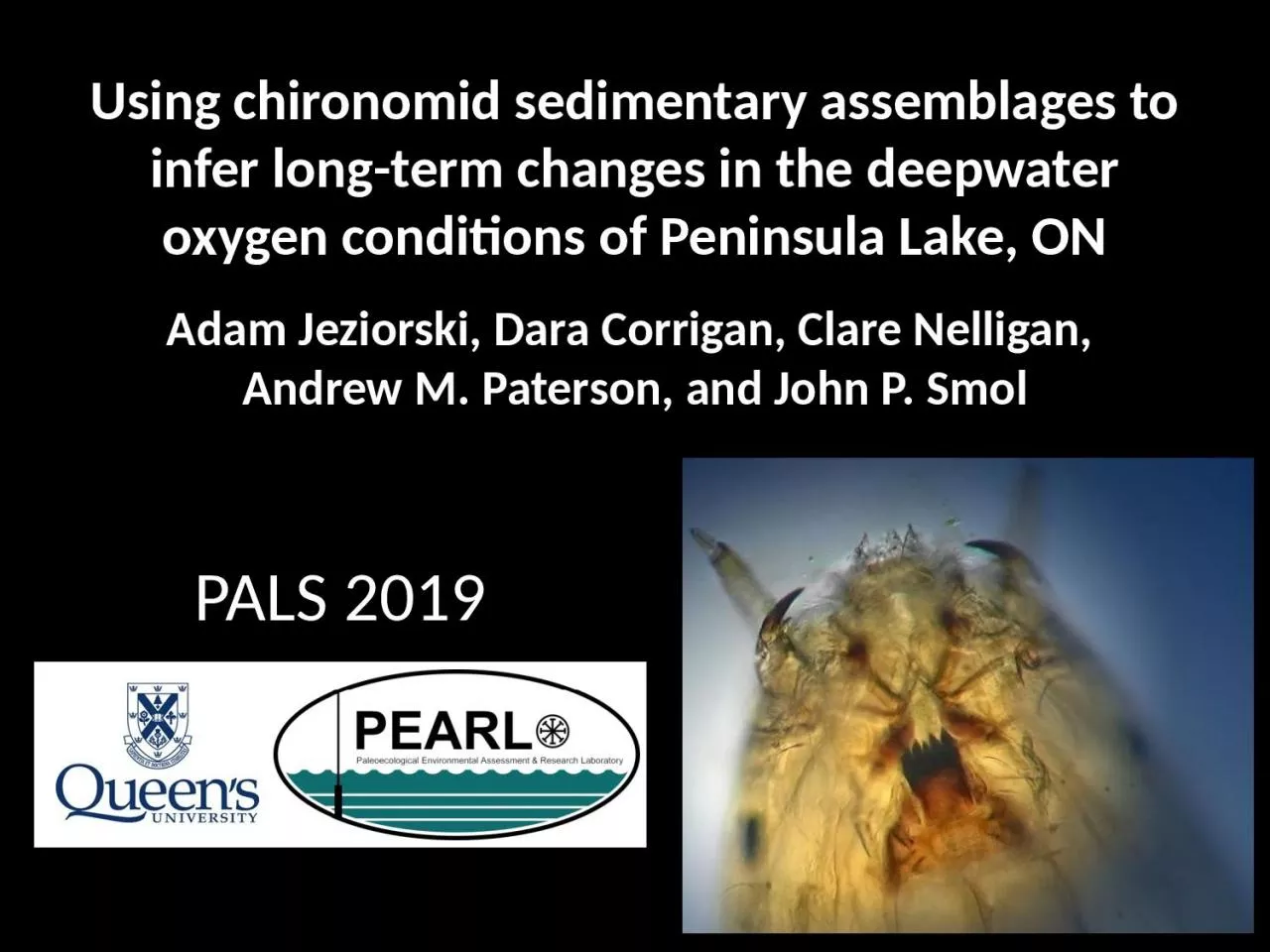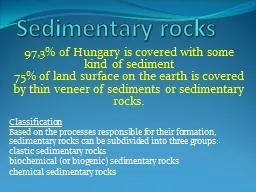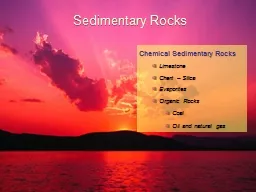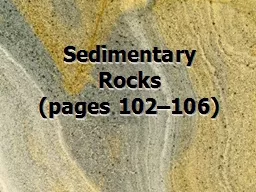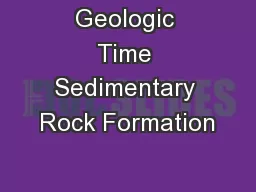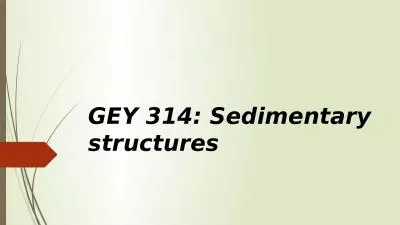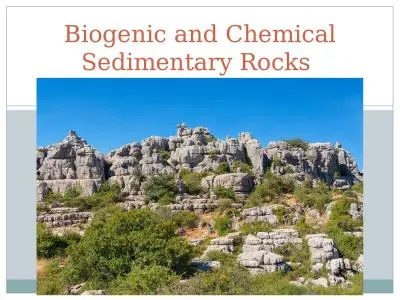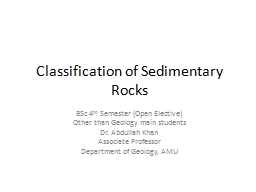PPT-Using chironomid sedimentary assemblages to infer long-term changes in the deepwater oxygen
Author : jacey | Published Date : 2024-02-09
PALS 2019 Adam Jeziorski Dara Corrigan Clare Nelligan Andrew M Paterson and John P Smol Lake Trout and Deepwater Oxygen Lake Trout Salvelinus namaycush are
Presentation Embed Code
Download Presentation
Download Presentation The PPT/PDF document "Using chironomid sedimentary assemblages..." is the property of its rightful owner. Permission is granted to download and print the materials on this website for personal, non-commercial use only, and to display it on your personal computer provided you do not modify the materials and that you retain all copyright notices contained in the materials. By downloading content from our website, you accept the terms of this agreement.
Using chironomid sedimentary assemblages to infer long-term changes in the deepwater oxygen: Transcript
Download Rules Of Document
"Using chironomid sedimentary assemblages to infer long-term changes in the deepwater oxygen"The content belongs to its owner. You may download and print it for personal use, without modification, and keep all copyright notices. By downloading, you agree to these terms.
Related Documents

